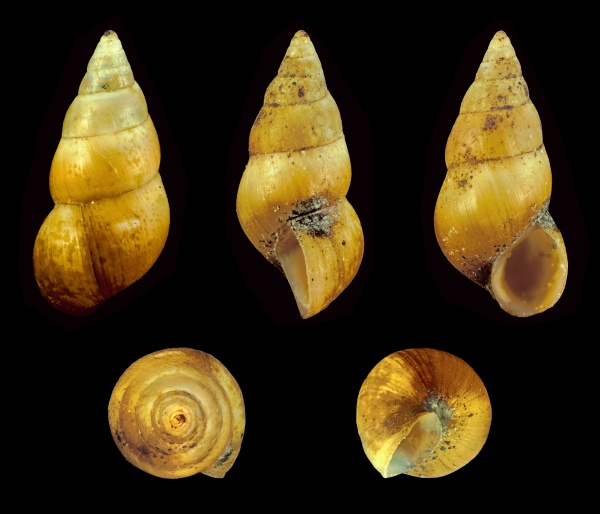Facts About Peringia ulvae
Peringia ulvae: The Tiny Snail with a Big Role in Europe's Coastal Waters
Meet Peringia ulvae, commonly known as the Laver spire shell or mudsnail. This small aquatic snail is a familiar presence along Europe's coasts and is a member of the Hydrobiidae family. Although primarily marine, it thrives in brackish waters and salt marshes as well. Notably, it is the type species of its genus, Peringia.
Where Can You Find Peringia ulvae?
These snails have an extensive range. They inhabit the coasts of the Baltic Sea, the White Sea, the Eastern Atlantic, and the western Mediterranean Sea. In Great Britain, Ireland, and The Netherlands, they are a common sight. Interestingly, the first known specimen was discovered in Flintshire, Wales.
A Closer Look at Their Shells
Described by Welsh naturalist Thomas Pennant in 1777, Peringia ulvae's shell is distinctive. Predominantly whitish with a brown edge on the last whorl, the shell features 5-7 slightly convex whorls. The shells are small, measuring about 2.5–3 mm in width and 4-5.5 mm in height.
Habitat and Diet
Typically found in estuaries, coastal brackish waters, and saltwater environments, these snails feed on detritus and seaweed. They prefer areas with less vegetation and more exposure.
Reproduction and Life Cycle
Peringia ulvae reproduces dioeciously, meaning there are distinct male and female individuals. Spawning occurs mainly in two periods: spring and autumn. Their larvae are planktotrophic, floating and feeding in the plankton before settling down.
Predators
These snails serve as a vital element of the food chain. They are preyed upon by the Arctic barrel-bubble (Retusa obtusa) and are an important food source for overwintering waders in Ireland.
Why Study Peringia ulvae?
The dispersal patterns and potential for gene flow in Peringia ulvae make them an intriguing subject for molecular analysis. Studying these snails can provide valuable insights into population differentiation and other ecological dynamics.
So next time you're strolling along the coast, take a moment to appreciate these tiny snails and the significant role they play in their ecosystems!

 Ireland
Ireland